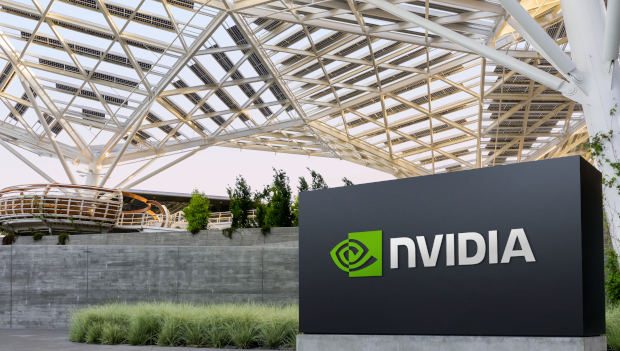
Is Europe missing out on a technological revolution?
Chip giant Nvidia no longer reports revenue from Europe, reflecting Europe’s declining investment in technology research and development compared to the US and China. Given the chip manufacturers dominance in AI at the moment one has to ask why. the Financial Times has one explanation for why the continent is lagging behind its competitors – a massive gulf in research and development spend.
The decline has significant implications for Europe’s economic competitiveness and innovative strength. Faster and cheaper restructuring processes in the US allow for rapid investment in new technologies such as AI, while pro-worker regulation in Europe can make such adjustments difficult.
Europe has a strong history of research and development in automotive and aerospace industries, yet tech R&D investment is only one-fifth of the US and half of those in China. Specifically for AI, investment in the US is 50 times higher than in Europe.
The cost of redeployment in Europe also appears to be at a disadvantage. In the US, companies like Microsoft can restructure quickly with relatively low costs. This contrasts with Europe restructuring takes much longer and is more expensive.
Oliver Coste, in his book L’Europe, La Tech Et La Guerre, argued that for large companies, adjustment costs (restructuring, layoffs, etc.) are 10 times higher in Europe than in the US.
Microsoft announced in January 2023 that it would lay off 10,000 employees with restructuring costs of $800 million. In Europe, similar processes require employee council approval and are bound by strict regulations, limiting adjustment speed.
Companies such as Meta and Google have significantly increased their investments in AI. With budgets of $37 billion and $45 billion, respectively, by 2023. That, while European leaders such as Nokia and SAP are limited in their investment capacity by pro-worker regulations and financial resources.
The lower profitability of large European companies compared to their US counterparts can largely be attributed to a lag in tech-driven sectors.
AI is seen as the driving force behind the current industrial revolution. With a projected global investment in AI infrastructure of about $150 billion by 2024. This highlights the need for strategic adjustments to remain competitive.
Reforming high-wage labour protection laws could be an effective strategy to bring Europe back to the forefront of innovation without threatening the European social model.
News Wires





Subscribers 0
Fans 0
Followers 0
Followers